Kailash Chandra Dash
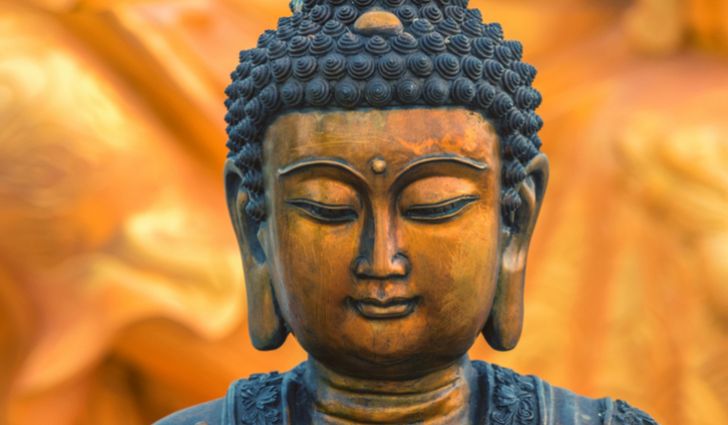
Devi worship is a significant aspect of the cultural identity of the Odias,says Kailash Chandra Dash.
The religious life in Odisha from the early phase has been dominated by the various processes starting from Vedic practices, Buddhism, Jainism, Saktism, Saivism and Vaishnavism. From the phase of the conquest of Kalinga by the illustrious Maurya king Ashoka we notice reverence for the Brahmanas as well as Sramanas which is furnished in the XIII Rock Edict as now found in Girnar and Shahbazgarhi. By the time of Ashoka all non-Brahmanical religious forces in Kalinga were described as Pasanda-Pujaka. Subsequently Buddhism and Jainism had spectacular progress in Odisha which has been supported by both literary and archaeological evidence.
By the middle of 8th century A.D. Buddhism had attained the peak of progress in the religious space in Odisha. The introduction of Tantric practices in Buddhist cult in early medieval Odisha and the development of a plurality of Tantric-Buddhist centres which was appreciated by the royal-political authority led to the degeneration and decay of the religious values and this situation helped in the rise of Brahmanical religious cults in new forms and approaches. Saktism was the most significant religious process in Brahmanical fold which sought to purify the polluted atmosphere of Odisha from ignominious Tantric rites and had contributed to the religious regeneration in early medieval Odisha.
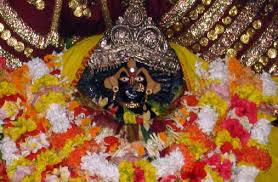
The first important Sakta Centre in early medieval Odisha was Viraja of Yajpur. As a matter of fact the deity was originally under the control of the Tantric votaries and by the end of the 8th century A.D. when Vajrayana-Tantrayana-Sahajayana forms proved corrupt and useless. But soon under the later Bhauma-Kara kings as well as the Somavamshi kings Viraja got extra-ordinary significance as a Sakta deity with all motherly attributes and her iconography represented the Brahmanical elements. Viraja had gained great popularity in India as a Sakta deity in early medieval phase.TheSomavamshi kings ruling from 9th to the end of 11th century A.D. over Odisha had greatly patronized the Saiva centres and this period witnessed an association of Sakti cult with Saiva cult and consequently some connections of Tantric cult with Saktism were put to a stop. Sakti was originally a consort of Tantric deity Bhairava and Odisha was a famous seat of Tantric Bhairava and his consort Vimala as this was described in all Tantric texts in India.
With the development of the famous Saiva centre at Ekamra-Bhubaneswar Saktism was associated with Saivism. In Bhubaneswar several Sakta shrines were erected for this purpose. A significant aspect of Sakta cult in Odisha in early medieval phase was the worship of Sapta-Matruka and this worship was quite popular in medieval Odisha. The worship of Sapta-Matruka in fact overshadowed the Sakta cult in Odisha. An interesting feature of the religious history of early medieval Odisha was the absence of the official epithet Parama-Sakta which was not used by any kings of the Bhaumakara-Somavamshi families in Odisha. They were attributed with the official epithets like ParamaTathagata, ParamaSaugata and Parama Mahesvara. It indicates that Saktism was an associated cult in early medieval Odisha-at first with Tantric Buddhism and then with Saivism. By the end of 11th century A.D. Saktism was dominated by Saivism. This has been better explained in the Mukhalingam copper plate grant of Chodaganga of A.D. 1078 (Bharati, November, 1962, p.58-62).
According to the report of the grant-horripilation occurred to Lord Siva as a consequence of his kissing the full round breast of Goddess Bhagavati. The horripilation reminded him of the sharp arrows of Ananga, the god of Love. Lord Vishnu apprehensive that Lord Siva might turn his son Ananga into ashes for a second time came down and pacified Siva who was in the from of a Linga in the temple of Bhagavati. The pacified Siva continued to protect the world along with his consort. This copper plate record thus suggests the sub-ordinate nature of Saktism in medieval Odisha. The worship of Uma-Mahesvara in Bhauma Odisha itself suggests that Saktism had lost its original identity in early medieval Odisha.
The famous Ganga monarch Chodaganga was a great enemy of Sakta Tantric deties which is supported by the versions of Madalapanji of Puri Jagannatha temple. As a matter of fact he was responsible for removal of the famous Sakta Tantric pithas in Puri and there he erected the extant magnificent structure of Vishnu Purushottama. The successors of Chodaganga in Odisha were the devotees of Vishnu, Sivas and Durga. Even his son Raghava could describe himself only as Devidasa-a title exclusively used by him. The great Ganga king Anangabhima III at first used the three epithets-Parama Saiva, Parama Sakta and Parama Vaishnava which was then explained as Siva-Putra, Durga-Putra and Purushottama Putra. The introduction of Jagannatha Trinity-Jagannatha, Balabhadra and Subhadra in PurushottamaKshetra during this period indicated a synthesis and the end of religious strife in Odisha. The regard for Sakta cult during this phase can be better explained by the presence of Sakta deities in separate temples in the compound of Siva-Lingaraja and Purushottama-Jagannatha.
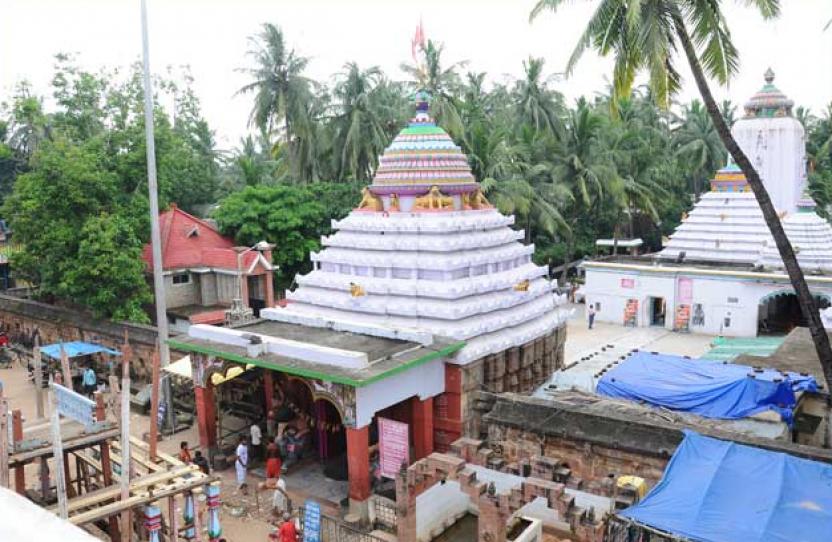
Saktism in medieval Odisha had vertical as well as horizontal progress. Several Puranic texts were composed in the medieval phase on the significance of Sakta cult in Odisha. In Kapila Samhita and Biraja Kshetra Mahatmya the cult of Sakti has been presented brilliantly. In the Odia Mahabharata of Sarala Das(15th-16th century A.D.) the subject has been elaboarately presented. The worship of Goddess with many names and forms was well known by the time of the poet in the 15th and 16th century A.D. in Odisha.
An analysis of the versions in Sarala Mahabharata will definitely indicate that there was an appropriation and transformation of the local goddess cult in Odisha like Bengal and other parts of India. The Brahmanization of earlier female deities (in the nature of non-Sanskritic or indigenous) was completed by the phase of the decline of the Mahayana-Tantrayana religion in Odisha. Most of the goddesses in Odisha like Vimala, Viraja, Hingula, mangala, Bhagavati, Sarola, Ramachandi and Kalika represent the traits of the religious beliefs and practices of the autochthonous people as well as the Tantric rites:yet they are Brahmanical deities.
Devi worship is a significant aspect of the cultural identity of the Odias. Though it is now a national festival and is observed in many parts of India the cultural glory of the Odias is intimately linked with it. Durga Puja is a spectacular occasion for unity and amity in Odisha.
The worship of Sakti in many forms and models continued in different regions of Odisha from the medieval phase to the present time. The cultural life of the Odias was sustained by the great Puja festival of the month of October when the Saktacentres become active with colour. Devi worship was well known in colonial Odisha as Durga Puja. It was gorgeously observed in Cuttack, the main centre of colonial Odisha. In the different feudatory states the Puja was conducted with many innovations. According to Utkala Dipika of 6th November 1920 on the Dasahara day in the feudatory states the army appeared in the capital city. The national flag was hoisted in one place. The king of the state went to that direction for war to which the national symbol swung. The festival thus encouraged the heroism of the Odias in the feudatory states in new enthusiasm. This practice according to the newspaper Utkala Dipika was well known in the pre-colonial period in Odisha. Many Muslim artists like Kuna Mian, Akal Khan and Makal Khan in Cuttack had a prominent role in the making of the Dasahara occasion in Cuttack which was reported in Utkala Dipika of 2nd November 1912.
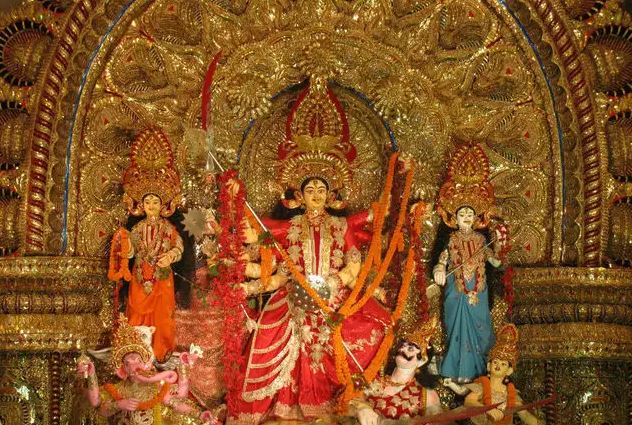
Although a Hindu occasion Devi Puja in Cuttack in colonial phase articulated communal harmony which is the hallmark of the worship of Mother Goddess. Odia quest for cultural identity reflected in the first two decades of the 20th century on the occasion of Dasahara. In 1917 a unique Dasahara festival was celebrated by the school students in Cuttack. While the image was on the way to immersion, the students prepared a portrait (chitrapatta) of fragmented Utkala which was the idea of Madhusudan Das in which mother Utkala was in one direction and her banished daughter in another direction. In the gap there was sea. It means the sea of colonial power has kept the daughter separated from her mother. Both mother and daughter were looking at one another, but the daughter is banished. She has no way to return to her motherland. The young boys kept the portrait before the image of Durga and shouted with the slogan Jay Utkala Jay which was widespread.
The Odia nationalists in this phase in their quest for a complete Odisha viewed the terrible image of Durga (Chhinamasta) in the deformed and scattered image of Utkala Mata. They believed that in near future the fragmented body of Mother Utkala would take the full shape in the form of the cheerful image of Bhubaneswari which was worshipped on the occasion of Durga Puja. The report in Asha, a weekly newspaper from Brahmapur in 1916 definitely indicated the growing significance of Durga Puja occasion for the Odias in the nationalist phase.
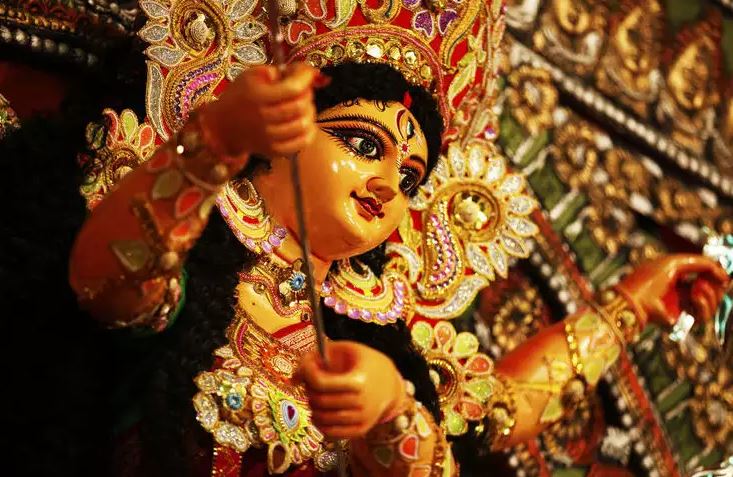
Thus Devi worship is a significant aspect of the cultural identity of the Odias. Though it is now a national festival and is observed in many parts of India the cultural glory of the Odias is intimately linked with it. Durga Puja is a spectacular occasion for unity and amity in Odisha.
(The writer is a scholar and historian based in Bhubaneswar)






















